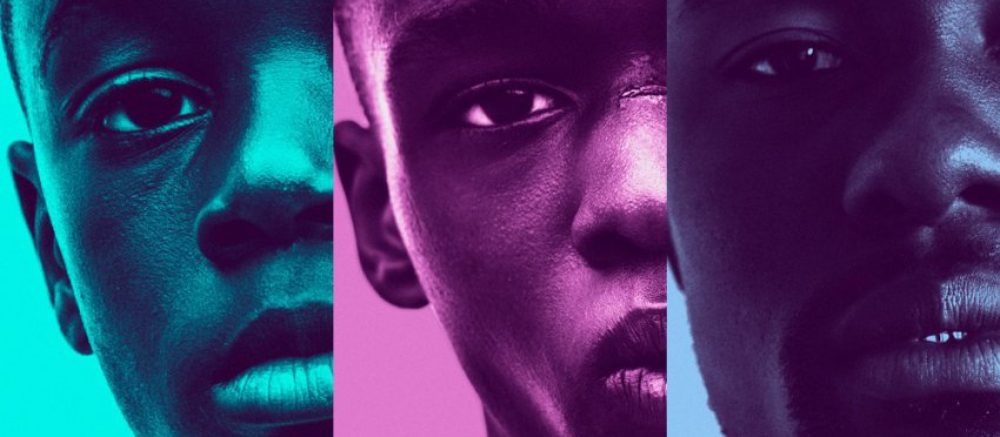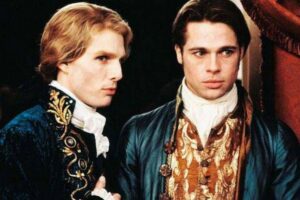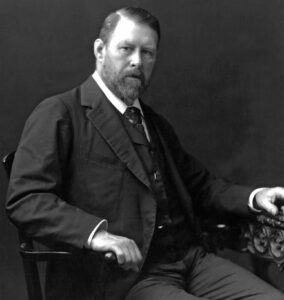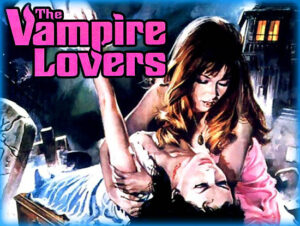On the whole, the figure of the vampire has been used to convey a variety of messages over the years since this creature of the night was first introduced into popular media. However, one theme that has seemingly been associated with the vampire is the fact that the vampire is often used to communicate themes of sexuality. There are of course examples of vampires engaging in heterosexual relationships, like the Twilight films for example, but the figure of the vampire is most commonly associated with homosexuality. Now this list of vampiric figures being linked to gay identities is quite extensive, from Interview with a Vampire (1994) to Dracula’s Daughter (1936) or Vampire Lovers (1970) so I aim to focus on one vampire in particular and his creator. Dracula and the writer Bram Stoker.
Firstly, it is worth noting that it was believed that Bram Stoker was a closeted homosexual. It was believed that he had a secret relationship with Oscar Wilde and when Wilde was arrested for sodomy, Stoker attempted to sever all ties with him to divert any suspicion from himself. This idea of Stoker having to hide away in fear of being persecuted for what he was is mirrored in Dracula. A figure locked away in isolation, separated from the world, and feared for what he truly is. These traits seem to reflect Stoker’s anxieties as a closeted man. The fear that Dracula feels of being persecuted for something he cannot control, much in the same way Stoker was seemingly scared of being persecuted much in the same way as Wilde was.
Discussing the character of Dracula most people associated the Count with heterosexuality. This is because of the common image of the vampire drinking the blood of a poor defenceless woman. The action of a vampire biting someone’s neck to draw blood conveys a sense of seduction. Traditionally the victim has often been presented as a woman, it should however be noted that in Dracula it is quite the opposite. Jonathan Harker takes on the stereotypical damsel in distress position with him being locked in the castle with Dracula, whilst Mina is the one actively investigating the Count. So it is fair to say that Dracula is more concerned with his male victim. There are more explicit queer moments in the narrative take the moment where Dracula’s brides try to drink Harker’s blood. The Count bursts into the room and screams “This man belongs to me!” This of course suggests that Dracula wants to drink Harker’s blood, in turn giving him the vampire’s “kiss” and performing an act of seduction and penetration on a male victim.
I would like to argue that it is entirely fair to suggest that Count Dracula was, much like his creator, a closeted and repressed being; fearful of how the outside world would react to who he was and choosing to stay hidden away from the sunlight, fearful if the light were to reveal who he was.



